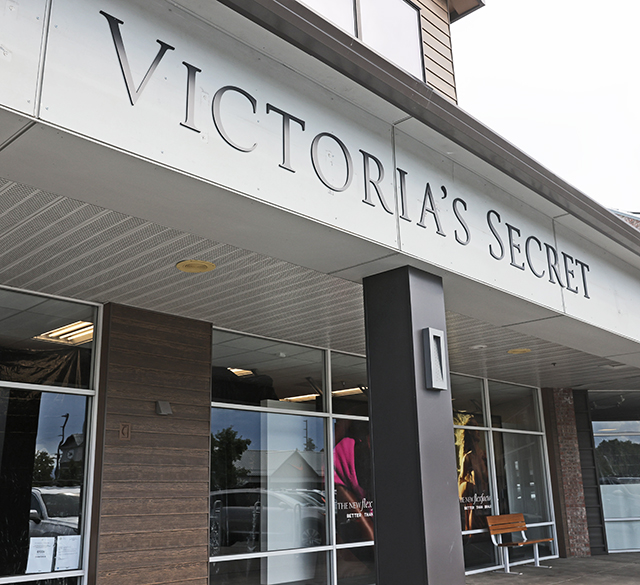Clyde Lovellette was a bad boy big man
Published 12:00 am Saturday, March 12, 2016
Clyde Lovellette, a bruising Hall of Famer who was one of the first big men in basketball and the first player to win an NCAA championship, an Olympic gold medal and an NBA title, died Wednesday at his home in North Manchester, Indiana. He was 86.
The cause was cancer, his family said.
Trending
Lovellette’s triple feat — playing on NCAA, Olympic and NBA championship teams — was later matched by Bill Russell, Magic Johnson and Michael Jordan.
Lovellette won three championships altogether in his 11 seasons in the NBA from 1953 to 1964: one title with the Minneapolis Lakers and two with the Boston Celtics. Both teams had already established themselves as dynasties by the time he joined them.
At 6 feet 9 inches and 234 pounds, the fair-haired Lovellette was part of an emerging generation of big men who transformed the game, bringing not only greater size to the court but also scoring power and a degree of athleticism that the professional ranks had seldom seen in its centers. (Old-timers were still deriding centers as clumsy, bulky “goons.”)
Some fans, sports writers and basketball officials were for the first time urging (in vain) that the hoop be raised, from 10 feet to 12.
Lovellette arrived in Minneapolis in 1953 as one of the NBA’s most sought-after recruits. At Kansas, where he was known as “the Great White Whale,” he had been an all-American, averaging almost 25 points a game at a time when basketball was a slower, more low-scoring pursuit. And he had starred on the 1952 Olympic squad that took the gold for the United States in Helsinki, Finland.
He joined a Lakers team that had just won two consecutive NBA titles, led by the league’s most dominant player, the 6-foot-10 George Mikan, another future Hall of Famer.
Trending
“Lou Gehrig has been added to Babe Ruth,” sports columnist Arthur Daley wrote in The New York Times after the Lakers signed Lovellette.
The Lakers went on to win their third consecutive title in Lovellette’s first season, defeating the Syracuse Nationals in the finals with a deep roster that included still another future Hall of Famer, Vern Mikkelsen.
At 29, Mikan was showing signs of wear, and Lovellette would spell him at center. But Lovellette could also shift to the wings and complement Mikan as a towering scoring threat.
“He has the delicate, feathery touch in his shot-making of a seamstress threading a needle,” Daley wrote.
Lovellette developed a bad-boy image on the court.
“It reached a point where Wilt Chamberlain flat out decked him in a one-sided game and didn’t receive as much as an ejection,” The Kansas City Star wrote in 1993, recalling the physical play in the NBA decades before. “Why? As Chamberlain said recently, ‘Because everybody hated Clyde Lovellette.’”
Lovellette, by his own account, didn’t mind if they did. “My strength was I could shoot, I was strong, I was not going to be intimidated, and I was so mean,” he told The Minneapolis Star Tribune in 1987. “I caused a lot of controversy as far as roughness goes. I took my lumps and gave them.”
Early life
Clyde Edward Lovellette was born Sept. 7, 1929, in Petersburg, Indiana, and moved with his family to Terre Haute as a boy. He was tall and awkward then. “His mother made him jump rope and do exercises to develop agility,” HickokSports.com reported.
After starring for a powerhouse team from Terre Haute Garfield High School, he was courted strenuously by Indiana University and the University of Kansas. The Kansas coach, Dr. Forrest Allen, better known as Phog, told him that the height on Mount Oread, where part of the campus, in Lawrence, is situated, would be good for his asthma.
(That claim was disputed in 1986 by Times sports writer Malcolm Moran, who wrote, “The fact is that Mount Oread is not high enough to stop a speck of Salina dust from settling beneath a Kansas City eyelid.”)
Lovellette chose Kansas, and from 1949 to 1952 he played three seasons for the Jayhawks, averaging 24.7 points a game. He was twice named an all-American. His last team won the NCAA championship when he scored 33 points against St. John’s University in an 80-63 victory in Seattle. He averaged 35.2 points in four NCAA tournament games and was named the tournament’s most valuable player.
After earning a bachelor’s degree in 1952, Lovellette played one season for the Phillips 66ers (also known as the Oilers), an amateur-league team in Oklahoma sponsored by the Phillips Petroleum Co. Playing for them preserved his eligibility for the all-amateur 1952 Olympics.
Lovellette was so keen on playing in the games that he turned down a three-year, $80,000 professional contract, it was reported at the time.
After his stint with the Lakers, 1953-57, he played for the Cincinnati Royals (1957-58), the St. Louis Hawks (1958-62) and the Celtics (1962-64). He won titles with Boston in each of his two seasons there, playing on rosters that included Bill Russell, Bob Cousy, Tom Heinsohn and Sam Jones.
Over his NBA career Lovellette averaged 17.0 points in 704 regular-season games and 14.0 points in 69 playoff games. He made the NBA All-Star team three times.
Lovellette was inducted into the Naismith Hall of Fame in 1988. That night, he lost by 12 votes in a bid for a spot on the Republican ticket for the Wabash County Council in Indiana.
His wife, Judy, and a daughter, Cindy, are among his survivors.








